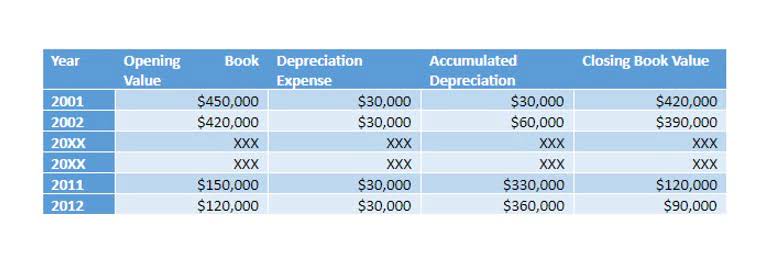
The posting date is the date when the financial transaction is recorded in the books. It is the date when the journal entry is made to reflect the transaction in the general ledger. The posting date is important in determining the accuracy of the financial records, as it reflects the timing of the transaction in the books. The best option for posting dates depends on the nature of the business and its accounting practices. For most businesses, the date of the transaction is the best option for posting dates because it provides an accurate record of the business’s financial activities.

Get a Free Demo of BIR-Accredited Software for Your Business Efficiency!

This mistake can occur when a transaction is not recorded immediately or when a transaction is mistakenly recorded on the wrong date. For example, if a business makes a purchase on January 31st, but the bookkeeper records it on February 1st, it can lead to incorrect financial records for the month of January. To avoid this mistake, it is important to record transactions immediately posting accounting and double-check the date before posting. When it comes to bookkeeping, one of the most important things to get right is the posting date for transactions. This is the date on which a transaction is recorded in the books, and it can have a big impact on the accuracy of your financial statements.
Best practices for maintaining accurate posting dates
- Posting dates are an essential aspect of bookkeeping that determines the accounting period for a transaction.
- When a transaction occurs, it is recorded in the journal with both a debit and a credit entry, reflecting the dual impact on the financial statements.
- Companies should ensure that they have a system in place to accurately record posting dates, and that all transactions are recorded in the correct period.
- The first step in correcting a posting date error is to identify the error.
- Organized financial information allows for easy access to data when needed, facilitating audits, financial analysis, and strategic planning.
- Debits increase balance sheet asset accounts, such as cash and inventory, and increase income statement expense accounts, such as marketing and salary expenses.
Posting reference is a field that facilitates cross-referencing or interlinking between the journal and the ledger in the posting process. Posting reference columns are present in both the journal and the ledger. The Subtotal row gives you details about the subtotals for your debits and credits. Because this is a Checking (asset) account, deduct the credits from your debits to get the account’s total balance.
Without Journal Entries
Cloud-based solutions also ensure that all transactions are recorded in real-time, ensuring that the financial statements are up-to-date and accurate at all times. Posting dates are important because they determine the timing of when transactions unearned revenue are recorded in the books of accounts. This affects the accuracy of financial statements, as well as the timing of cash flows. Accurate financial statements are essential for decision-making purposes, as they provide information about a company’s financial health. Posting dates also affect the timing of cash flows, which is important for budgeting and forecasting purposes. It is essential to record transactions on the correct posting date to ensure that the cash flow statement reflects the actual movement of cash in and out of the business.
Step #1 – Create the Sub-Ledgers and General Ledgers with Various Transactions

Predefined posting periods in accounting systems help mitigate the risk of unauthorized or erroneous entries. During audits, these systems generate audit trails that document every transaction’s posting date, providing transparency and accountability. These trails are invaluable during Record Keeping for Small Business reconciliations, allowing for a detailed examination of discrepancies between recorded transactions and actual financial activity. Before posting to the general ledger, it is crucial to record accurate journal entries in the first place. These entries serve as the foundation for the posting process, and each entry should include essential details such as the transaction date and a brief description. Following the double-entry accounting method, every transaction must include both a debit and a credit entry, ensuring that the ledger remains balanced.
- However, it may not be the best option for businesses that receive multiple invoices for a single transaction.
- A credit in one account offsets a debit in another, so all credits must equal the sum of all debits.
- Ledgers serve as the backbone of the accounting system, acting as the repository where all financial transactions are systematically recorded.
- But once you get the hang of it, recording journal entries will be less intimidating.



